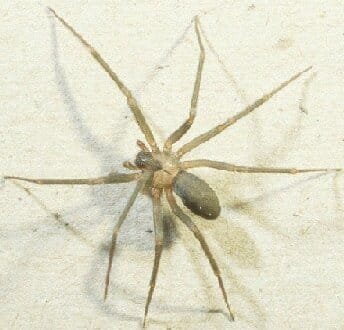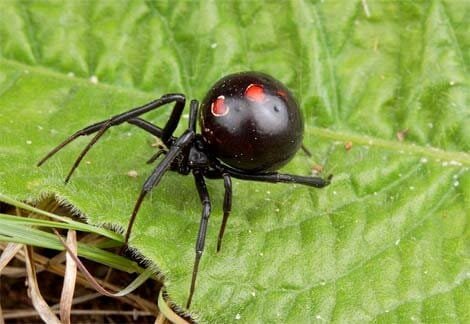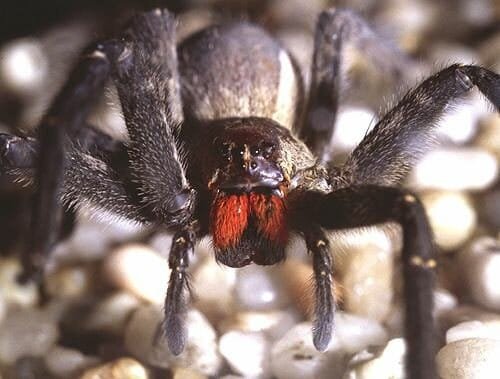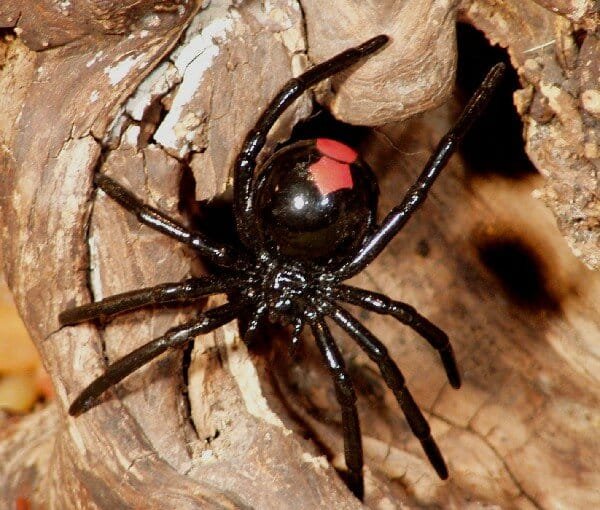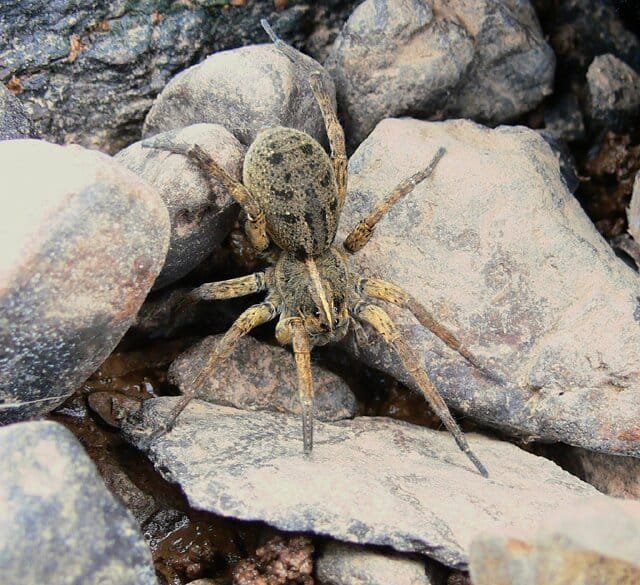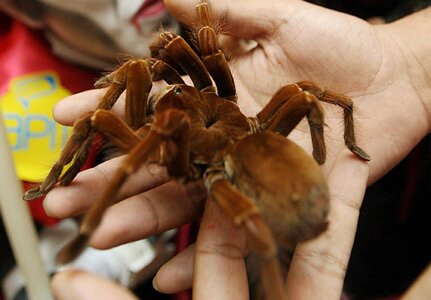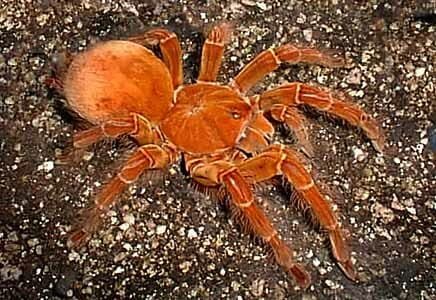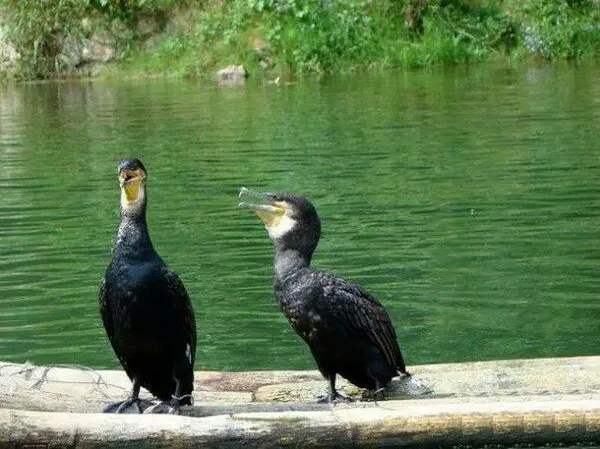Spiders are one of the smallest but most lethal creatures. Fear of spiders in some people it is quite reasonable because the spider venom can kill several people or animals at once.
1.Brown Recluse
The brown recluse spider or violin spider, Loxosceles reclusa, is a well-known member of the family Sicariidae. Brown recluse spiders are usually between 6–20 mm, but may grow larger. They may be brown or gray and usually have markings on the dorsal side of their cephalothorax, with a black line coming from it that looks like a violin with the neck of the violin pointing to the rear of the spider, resulting in the nicknames fiddleback spider, brown fiddler or violin spider.
2.Black Widow
Black Widow is a common name of some spiders in the genus Latrodectus – see Black widow spider for a specific list of such spiders.
3.Brazilian Wandering Spider
The Brazilian wandering spiders, armed spiders or banana spiders are a genus of aggressive and highly venomous spiders found in tropical South and Central America. These spiders are members of the Ctenidae family of wandering spiders.
4.Funnel-Web Spiders
The araneomorph funnel-web spiders of the family Agelenidae include the common grass spiders of the genus Agelenopsis, as well as the purportedly venomous European hobo spider, Tegenaria agrestis, which has been introduced into the Pacific Northwest of the United States. Note: The araneomorph funnel-web spider should not to be confused with the funnel-web tarantula and the venomous funnel-web tarantula, both of which are members of the suborder Mygalomorphae. The venomous funnel-web tarantulas include the infamous Sydney funnel-web spider.
5.Mouse Spiders
Mouse spiders are spiders of the genus Missulena, in the mygalomorph family Actinopodidae. There are 11 known species in this genus, all but one of which are indigenous to Australia. One species, M. tussulena, is found in Chile. The name derives from an old belief, now known to be false, that the spiders dig deep burrows similar to those of mice. There is evidence that the bite of a mouse spider is potentially as serious as that of an Australasian funnel-web spider; however recorded envenomings by this spider are rare. Funnel-web antivenom has been found to be an effective treatment for serious bites.
6.Red Back Spider
The Redback spider is a potentially dangerous spider native to Australia that resembles a Black widow spider. It is a member of the genus Latrodectus or the widow family of spiders, which are found throughout the world. The female is easily recognisable by its black body with prominent red stripe on the upper side of its abdomen. Females have a body length of about a centimetre while the male is smaller, being only 3 to 4 millimetres long. The Redback spider is one of few arachnids which display sexual cannibalism while mating.
7.Wolf Spider
Wolf spiders are members of the family Lycosidae, from the Greek word meaning “wolf”. They are robust and agile hunters with good eyesight. They live mostly solitary lives and hunt alone. Some are opportunistic wanderer hunters, pouncing upon prey as they find it or chasing it over short distances. Others lie in wait for passing prey, often from or near the mouth of a burrow. Wolf spiders resemble Nursery web spiders, but they carry their egg sacs by attaching them to their spinnerets. Wolf spiders have two eyes out of eight that are large and prominent. The eight eyes of the Nursery web spiders are all of approximately equal size.
8.Goliath Birdeater Tarantula
The Goliath Bird-eater Spider is an arachnid belonging to the tarantula group, Theraphosidae, and is considered to be the second largest spider in the world. The spider was named by explorers from the Victorian era, who witnessed one eating a hummingbird.
9.Sac Spider
The sac spiders of the family Clubionidae have a very confusing taxonomic history. Once this family was a large catch-all taxon for a large group of disparate collection of spiders, similar only in that they had eight legs arranged in two rows, conical anterior spinnerets that touched and were wandering predators that built silken retreats, or sacs, usually on plant terminals, between leaves, under bark or under rocks. These are now recognized to include several families, some of which are more closely related to the three-clawed spiders, like lynx and wolf spiders, than to true “clubionoids.
10.Hobo Spider
The hobo spider is a member of the genus of spiders known colloquially as funnel web spiders. It is one of a small number of spiders in North America whose bites are generally considered to be medically significant. Individuals construct a funnel-shaped structure of silk sheeting and lie in wait at the small end of the funnel for prey insects to blunder onto their webs. Hobo spiders sometimes build their webs in or around human habitations. Although this species of spider has a reputation for aggressiveness, they will normally avoid contact with humans. Most bites occur when the spider is accidentally crushed or squeezed by a human. The spider’s venom is strong enough to cause considerable local pain and possibly necrosis.


